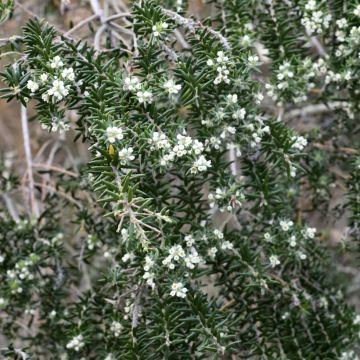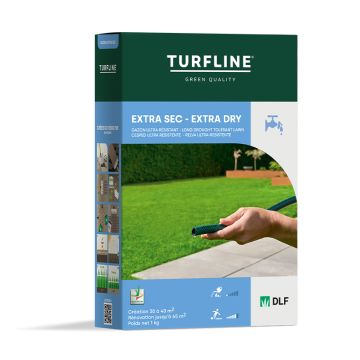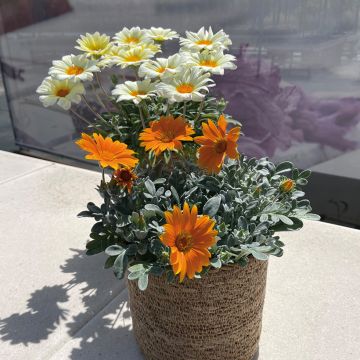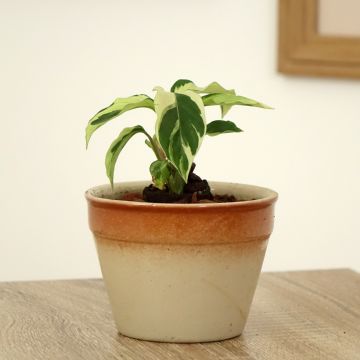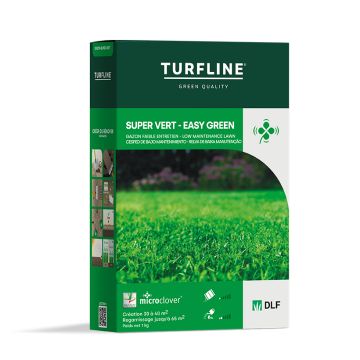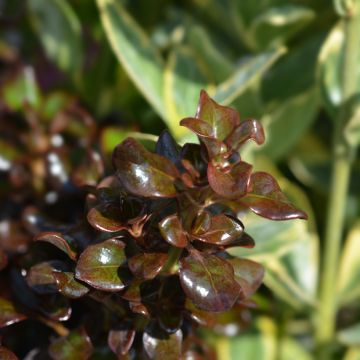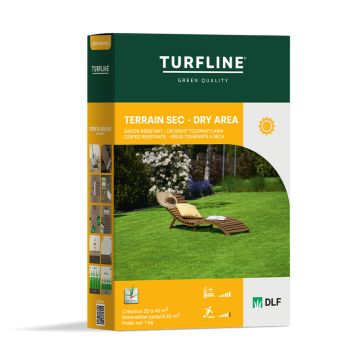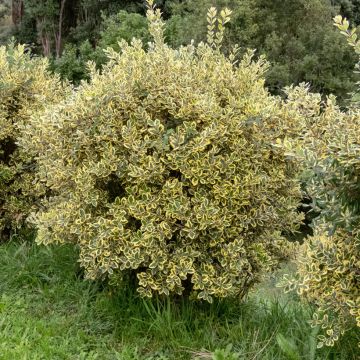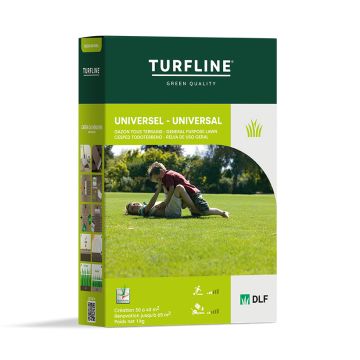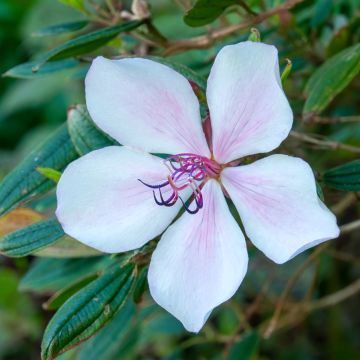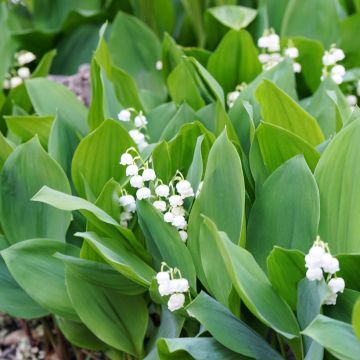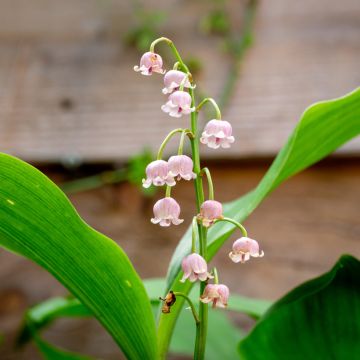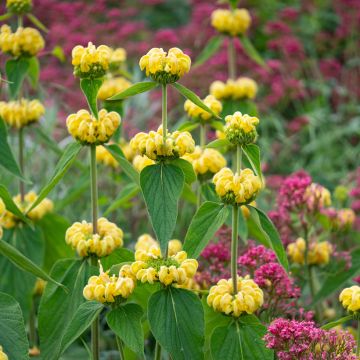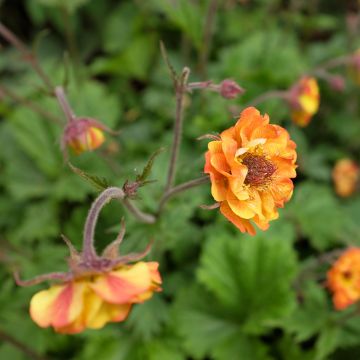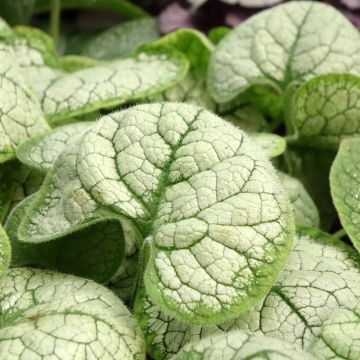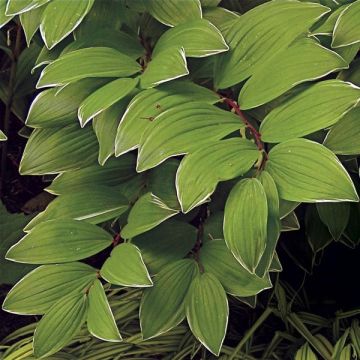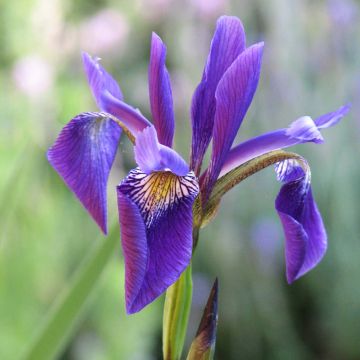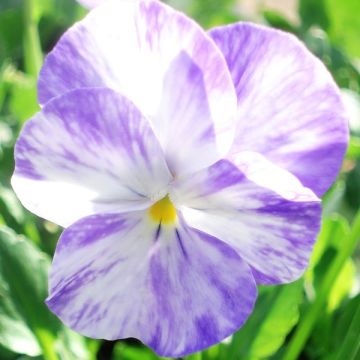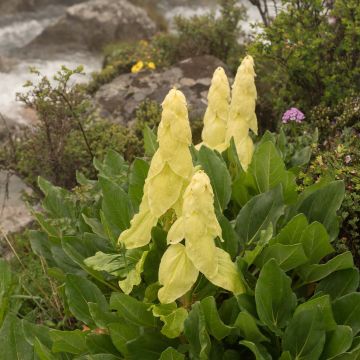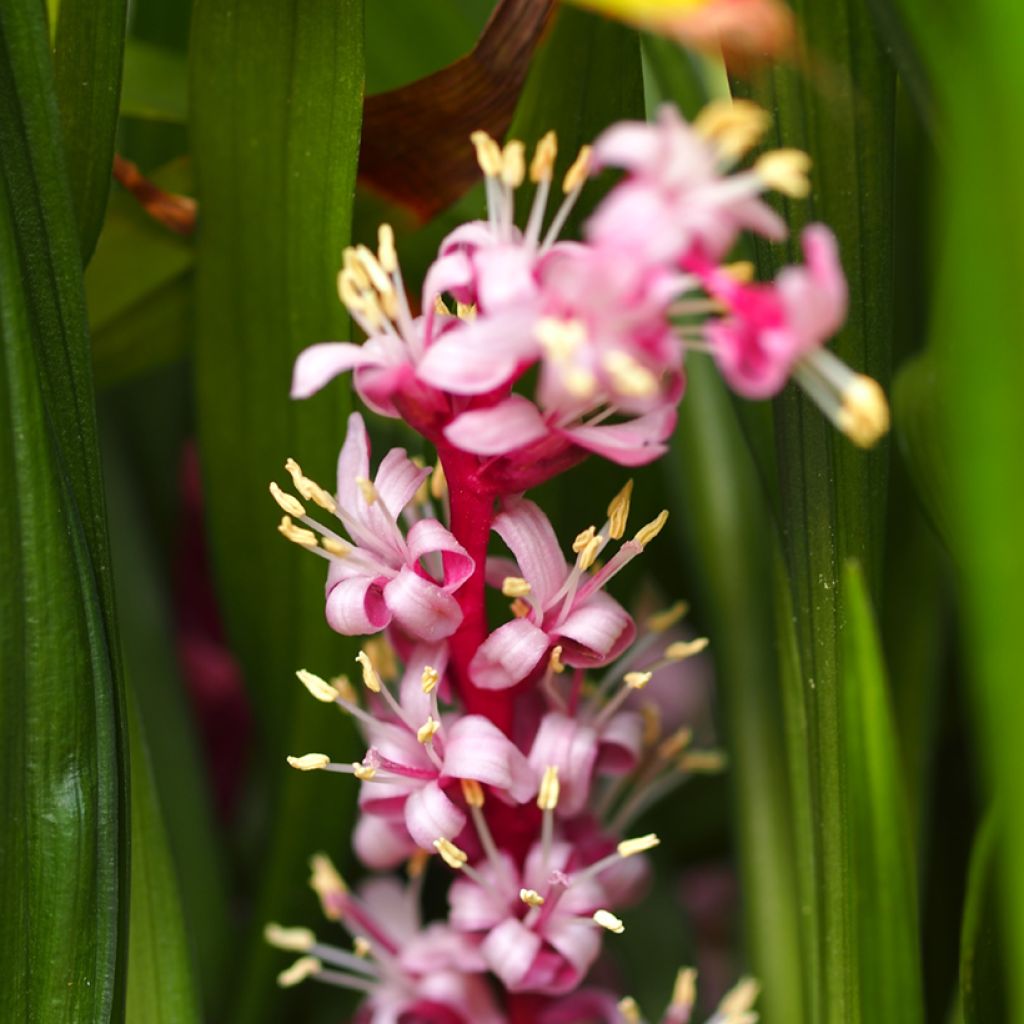

Reineckea carnea - Chinese Lucky Grass
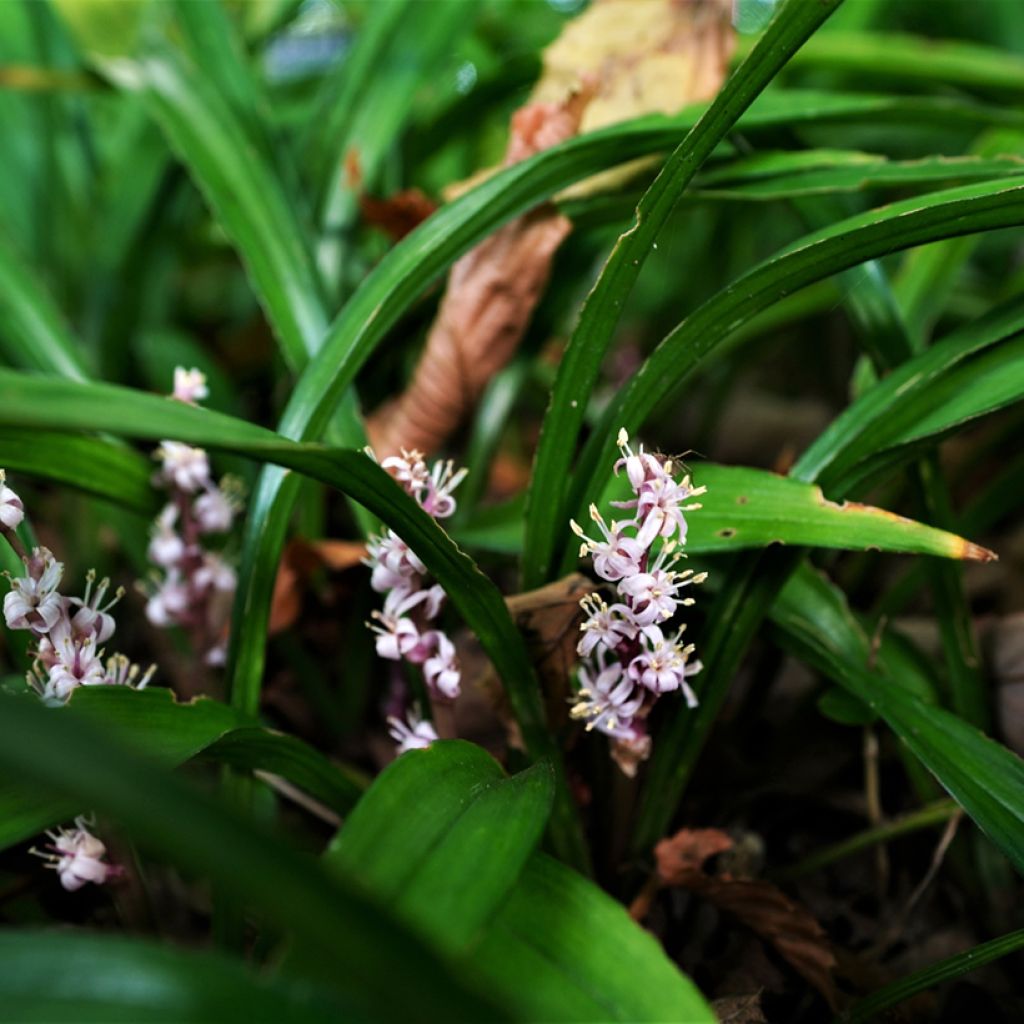

Reineckea carnea - Chinese Lucky Grass
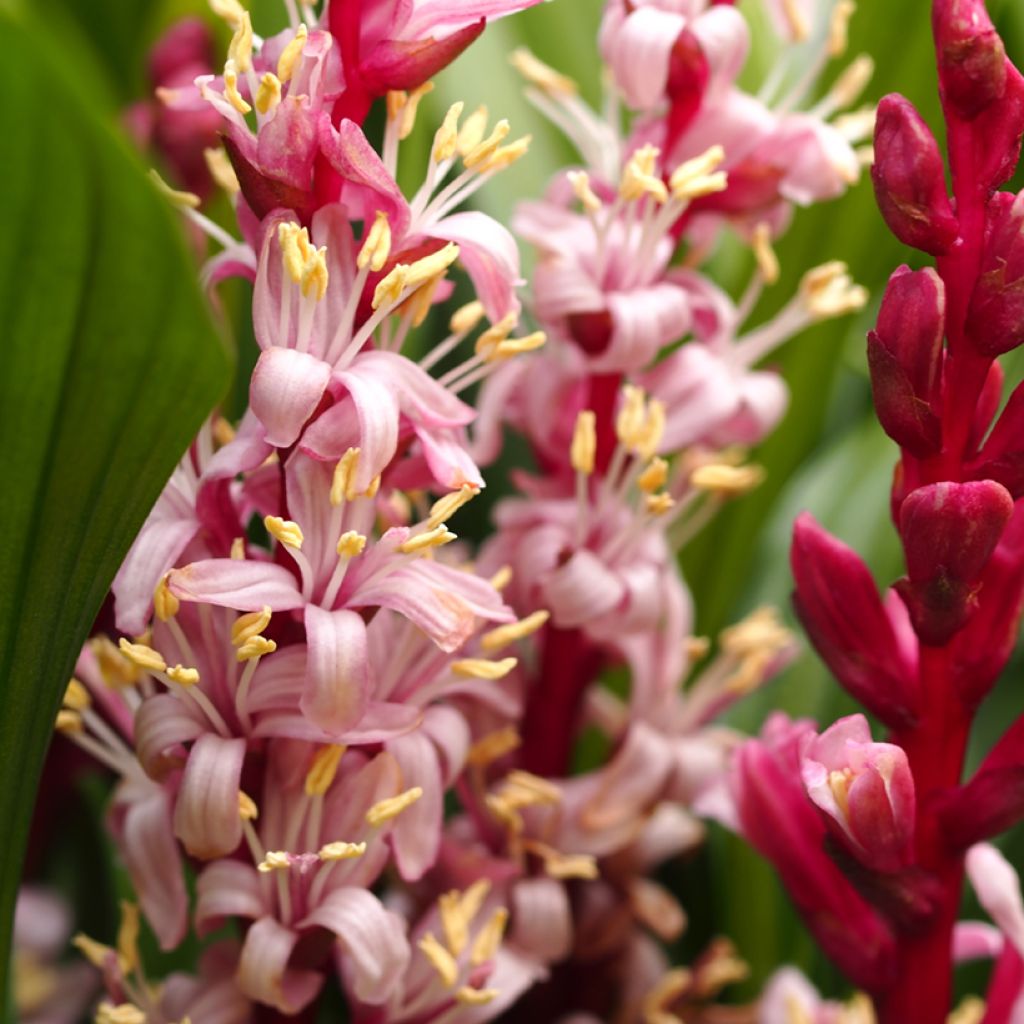

Reineckea carnea - Chinese Lucky Grass
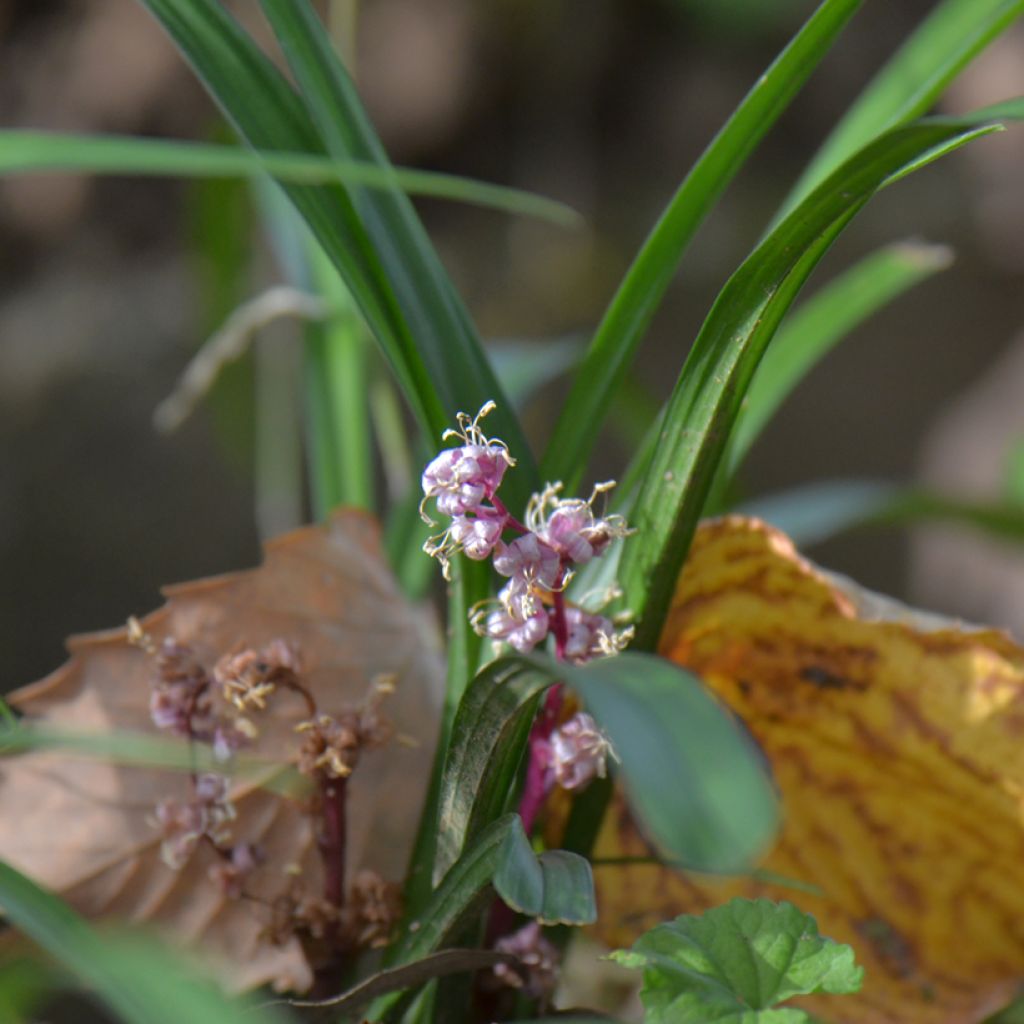

Reineckea carnea - Chinese Lucky Grass
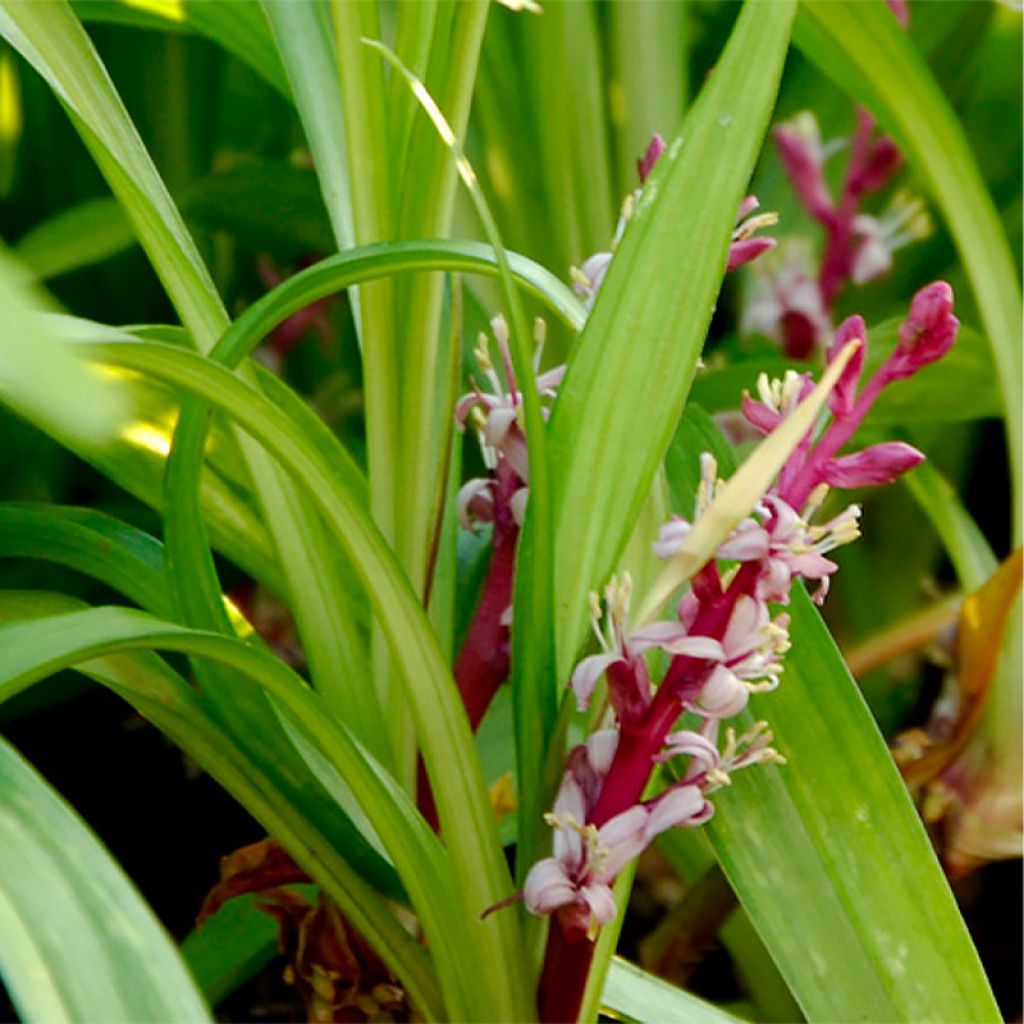

Reineckea carnea - Chinese Lucky Grass
Reineckea carnea - Chinese Lucky Grass
Reineckea carnea
Chinese lucky grass
Why not try an alternative variety in stock?
View all →This plant carries a 12 months recovery warranty
More information
We guarantee the quality of our plants for a full growing cycle, and will replace at our expense any plant that fails to recover under normal climatic and planting conditions.
From €7.90 for pickup delivery and €6.90 for home delivery
Express home delivery from €8.90.
Does this plant fit my garden?
Set up your Plantfit profile →
Description
The Reineckea carnea, commonly known as the Chinese Lilyturf or Japanese Lilyturf, is a small perennial ground-covering plant that resembles both Ophiopogons and Lily of the Valley. It is characterized by evergreen foliage of a very fresh green color, as well as a late summer flowering of small light pink star-shaped flowers held on short cherry red stems. It is a cold-resistant plant that needs warm summers to bloom abundantly, especially to produce beautiful bright red berries. The Reineckea carnea is a delicate wonder for slightly shaded areas of the garden. It thrives in partial shade or shade, in a rather rich soil, including under trees and at the base of bushes, where the soil is often very dry in summer. All these qualities earned it the Courson Award in 2005.
The Reineckea carnea (synonyms Sansevieria carnea, AReineckea yunnanensis) belongs to the asparagus or convallariaceae family depending on the classification. This botanical species is native to China and Japan, where it grows in Himalayan forests. The plant has a rhizomatous rootstock, it takes a little time to establish itself and then spreads quite rapidly thanks to its rhizomes. The vegetation rarely exceeds 40 cm (16in) in height. It takes the form of clumps composed of long, narrow, linear leaves resembling those of a grass. Each leaf measures up to 40 cm (16in) long and 0.5 to 3 cm (0 to 1in) wide. The color of the lamina is a light and vivid green throughout the year, even in winter. In case of drought, the leaves may dry out, but the plant regrows from the rootstock as soon as the first rains come. Flowering takes place in September-October: the flower stems form outside the foliage, they are often lower than the vegetation. They are thick and short stems, of a very bright red-pink color, each bearing 3 to 8 small flesh-colored flowers. The flowers have 6 petals fused at the base, opening into stars. Fruiting is random. It takes the form of small round and shiny berries measuring less than 1 cm (0in) in diameter, of a very bright pink-red color.
Plant the Chinese Lilyturf on the edge of woodlands, under deciduous trees, in slightly shaded borders, near a pathway to enjoy the delicacy of its flowering. For example, associate it with small ferns such as Asplenium scolopendrium, Vinca minor (periwinkles), bluebells, perennial Bleeding Hearts or Liriopes that bloom at the same time in shades of mauve. Reineckea carnea can also be grown in pots.
Reineckea carnea - Chinese Lucky Grass in pictures




Flowering
Foliage
Plant habit
Botanical data
Reineckea
carnea
Asparagaceae
Chinese lucky grass
China
Other Convallaria - Lily of the valley
View all →Planting and care
Cultivate the Chinese muguet under deciduous bushes or trees, or as a border in a semi-shaded to shaded position. Plant it in a preferably clayey soil, ideally a mixture of sand, clayey soil, and compost. It adapts to slightly acidic to slightly calcareous soils. Water regularly until the plant establishes, especially during the first dry summer. Once well-established, this perennial can fend for itself. It tolerates the root competition from trees and bushes. This perennial is not afraid of strong frosts, down to -15 °C at its lowest. It can be useful to lay a carpet of dead leaves or fern fronds on young plantings in very cold regions.
Planting period
Intended location
Care
-
, onOrder confirmed
Reply from on Promesse de fleurs
Spring flowering perennials
Haven't found what you were looking for?
Hardiness is the lowest winter temperature a plant can endure without suffering serious damage or even dying. However, hardiness is affected by location (a sheltered area, such as a patio), protection (winter cover) and soil type (hardiness is improved by well-drained soil).

Photo Sharing Terms & Conditions
In order to encourage gardeners to interact and share their experiences, Promesse de fleurs offers various media enabling content to be uploaded onto its Site - in particular via the ‘Photo sharing’ module.
The User agrees to refrain from:
- Posting any content that is illegal, prejudicial, insulting, racist, inciteful to hatred, revisionist, contrary to public decency, that infringes on privacy or on the privacy rights of third parties, in particular the publicity rights of persons and goods, intellectual property rights, or the right to privacy.
- Submitting content on behalf of a third party;
- Impersonate the identity of a third party and/or publish any personal information about a third party;
In general, the User undertakes to refrain from any unethical behaviour.
All Content (in particular text, comments, files, images, photos, videos, creative works, etc.), which may be subject to property or intellectual property rights, image or other private rights, shall remain the property of the User, subject to the limited rights granted by the terms of the licence granted by Promesse de fleurs as stated below. Users are at liberty to publish or not to publish such Content on the Site, notably via the ‘Photo Sharing’ facility, and accept that this Content shall be made public and freely accessible, notably on the Internet.
Users further acknowledge, undertake to have ,and guarantee that they hold all necessary rights and permissions to publish such material on the Site, in particular with regard to the legislation in force pertaining to any privacy, property, intellectual property, image, or contractual rights, or rights of any other nature. By publishing such Content on the Site, Users acknowledge accepting full liability as publishers of the Content within the meaning of the law, and grant Promesse de fleurs, free of charge, an inclusive, worldwide licence for the said Content for the entire duration of its publication, including all reproduction, representation, up/downloading, displaying, performing, transmission, and storage rights.
Users also grant permission for their name to be linked to the Content and accept that this link may not always be made available.
By engaging in posting material, Users consent to their Content becoming automatically accessible on the Internet, in particular on other sites and/or blogs and/or web pages of the Promesse de fleurs site, including in particular social pages and the Promesse de fleurs catalogue.
Users may secure the removal of entrusted content free of charge by issuing a simple request via our contact form.

































